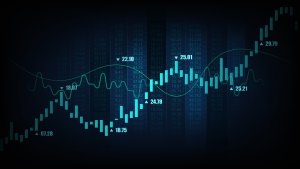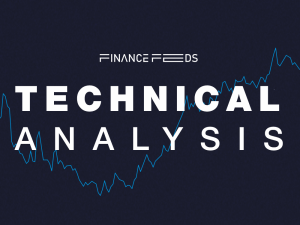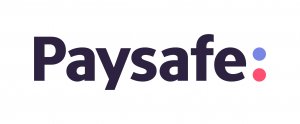JPMorgan’s $100 million FX trades on mobile apps: Institutional world still a world away from mobile first
Yes, a trade size of $400 million was executed by an interbank FX trader using a mobile app. Yes, $100 million notional value is not uncommon. Is mobile technology ever going to be prominent in the professional trading and interbank sector? No.

The trading environment that is now available to retail FX traders has never been more finely honed, largely due to the large retail brokerages of London and New York having led the way forward over the past 15 years with regard to platform development, ensuring that nowadays, comprehensive multi-asset environments can be easily navigated from smartphones and tablets.
Whilst almost every FX brokerage in the world provides very comprehensive mobile access, whether it is via the proprietary platforms of the publicly listed giants or via third party platforms, the use of mobile applications for trading is very uncommon in the interbank and institutional sector.
This is something that is well known and understood by the majority of FX industry professionals, however the extent to which in-house bank trading applications are used is often misconstrued.
As this week began, JPMorgan, which surpassed Citigroup in mid 2017 to become the world’s largest FX dealer by volume, has conducted internal research that asked over 400 interbank FX, rates and commodities traders how much of the notional volume that they process each day is conducted from mobile devices.
Of those participating, 61% said they’re “extremely” or “somewhat” likely to use a mobile trading app this year, up from 31% in 2017.
However, half of the respondents, most of whom were FX traders, said company policy preventing trading on mobile was the main obstacle.
“We’ve seen quite a shift in terms of institutions allowing people to use mobile devices” in the last year, said Scott Wacker, global head of e-commerce sales and marketing at JPMorgan in London. “This form of communication is completely transforming how people do things.”
Whilst stating that the use of mobile devices may feature as part of the day’s trading activity, actual executions are still relatively rare.
The largest trade to have been executed on the bank’s mobile FX trading app exceeded $400 million, and it’s not uncommon to see $100 million deals go through the app, whose biggest users are hedge funds and other financial institutions.
Whilst this may appear to indicate widespread adoption, it absolutely does not.
During the investigation by regulatory authorities and financial institutions in Britain, Switzerland and the United States into the alleged FX benchmark rigging which cost six major institutions record penalties, use of Bloomberg Messenger on desktops was restricted, as well as the use of freestanding devices that could be taken outside of strictly monitored trading environments.
Unlike the retail FX sector in which the very dynamic of those trading in their spare time on a non-professional basis is very highly dependent on mobile applications, as is the monitoring of MAM accounts traded by IBs and portfolio managers, the interbank world is not conducive to widespread mobile device usage.
Desk-bound FX traders require their multi-screen environment and also rely on dedicated high speed connectivity to ensure that they are able to send trades to and from venues at a higher speed than those using London’s notoriously slow 3G mobile internet connection.
Companies such as TMX Atrium and BT Radianz provide dedicated point to point connectivity between datacenters, venues and bank desks and have been doing so for several years, with leasing costs of several thousand dollars per month for a fully managed service including full buy and sell side solutions, liquidity venue connectivity and a clearing and settlement solution, hence use of mobile devices that are not docked and physically connected to such a service have a disadvantage.
Quite simply, user experience (UX) is a central pillar of retail FX trading requirements, and is one of the very few areas in which one brokerage can establish a unique selling point or customer engagement increase over those without such a comprehensive user experience.
In the interbank world where most traders are either highly qualified economists or computer science fellows, user experience is not the critical factor, execution and comprehensive functionality is, hence mobile use will remain the preserve of the retail trader, despite JPMorgan’s rather misleading survey having raised a few eyebrows.









